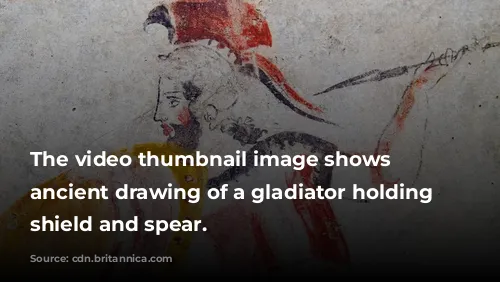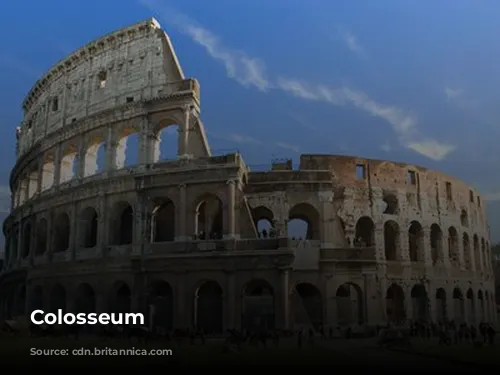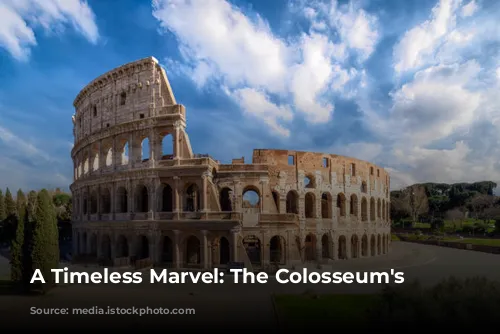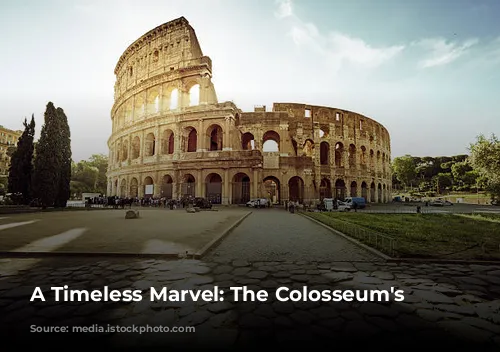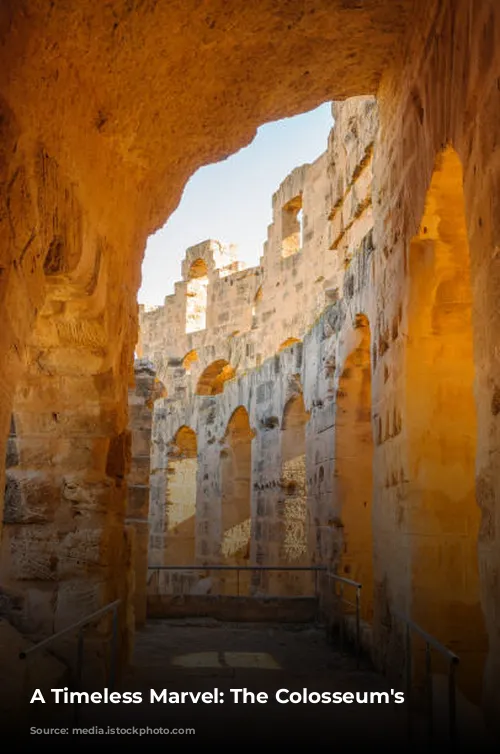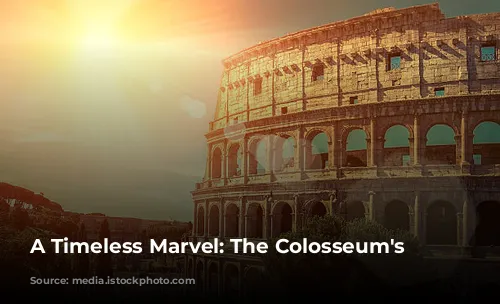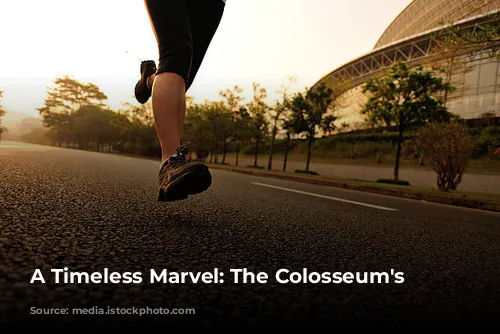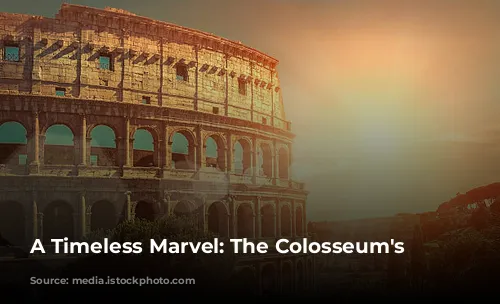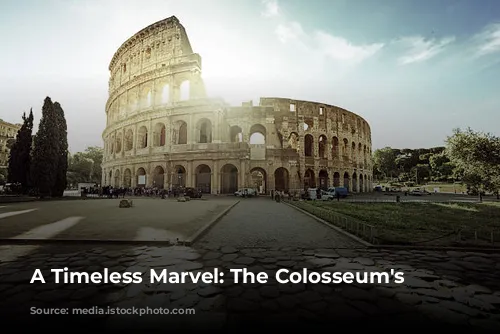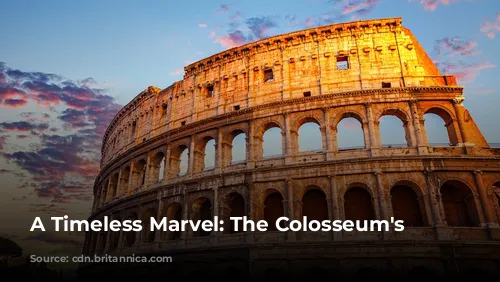The Colosseum stands tall as a testament to the architectural brilliance and engineering prowess of ancient Rome. Today, it is not only a historical monument but also a significant source of revenue for the Italian government, drawing millions of visitors each year. In 2018 alone, the Colosseum, Roman Forum, and Palatine Hill collectively generated over $63.3 million (€53.8 million), making it Italy’s top tourist attraction.
The Colosseum’s path to becoming a beloved landmark has been a journey through time, from grandeur to decay and back to its current glory. After the decline of the Western Roman Empire, the Colosseum fell into a state of disrepair. In the 12th century, it was even repurposed as a fortress by the Frangipane and Annibaldi families. Later, in the 15th century, Pope Alexander VI permitted the Colosseum to be used as a quarry, further contributing to its deterioration. It wasn’t until the 1990s that a concerted effort, backed by state funding, began to restore this iconic structure to its former splendor.
The Colosseum’s construction was a testament to the ambition of the Flavian emperors, who sought to revitalize Rome after a tumultuous period in its history. Built by Emperor Vespasian between 70 and 72 CE, it was meant to be a grand entertainment venue, hosting gladiator fights, animal hunts, and even mock naval battles. Vespasian’s son, Titus, dedicated the completed structure in 80 CE, and Domitian, the next emperor, added the fourth story in 82 CE. Interestingly, the funding for the Colosseum came from the spoils of war – the plunder from Titus’s capture of Jerusalem in 70 CE – and was built by enslaved Jews from Judea.
A Symbol of Power and Entertainment
The Colosseum is an elliptical amphitheater built of stone, concrete, and tuff, standing four stories tall at its highest point. Its impressive dimensions, measuring 620 by 513 feet (189 by 156 meters), allowed for a capacity of up to 50,000 spectators. Famously known for its gladiatorial combats, the Colosseum offered a glimpse into the brutal entertainment of ancient Rome.
The Colosseum’s location was strategic, situated east of the Palatine Hill on the grounds of Nero’s Golden House. Replacing the artificial lake that was the centerpiece of Nero’s palace complex, the Colosseum became a symbol of Vespasian’s ambition to replace the tyrannical emperor’s private pleasure with a public spectacle for the masses.
The structure’s design was a marvel of Roman engineering. Unlike earlier amphitheaters, the Colosseum was a freestanding structure, not carved into a hillside. It utilized a complex system of barrel vaults and groin vaults for support. The three lower stories were adorned with arcades framed by engaged columns in the Doric, Ionic, and Corinthian orders, a design feature that became a key element in the Renaissance codification of the assemblage of orders.
A Glimpse into Ancient Roman Life
The Colosseum was designed to provide a comfortable experience for its spectators, with a retractable awning, known as a velarium, to shield them from the sun. This complex system required hundreds of Roman sailors to manipulate the rigging. The Colosseum witnessed countless spectacles, from gladiatorial combats to animal hunts and even mock naval engagements. Although the martyrdom of early Christians is a topic of debate, the Colosseum remains a symbol of the Roman Empire’s power and spectacle.
Throughout the Middle Ages, the Colosseum was used for various purposes, including as a church and a fortress. Unfortunately, it also suffered from neglect, damage from lightning strikes, earthquakes, and vandalism. The marble seats and decorative materials were stripped away, turning the Colosseum into a quarry for centuries.
Thankfully, the preservation of the Colosseum began in earnest in the 19th century under the leadership of Pius VIII, and a major restoration project was undertaken in the 1990s. Today, the Colosseum stands as one of Rome’s most popular tourist attractions, welcoming close to seven million visitors annually. Regularly hosted exhibitions shed light on the culture of ancient Rome, making the Colosseum not just a historical landmark, but a living connection to the past.

